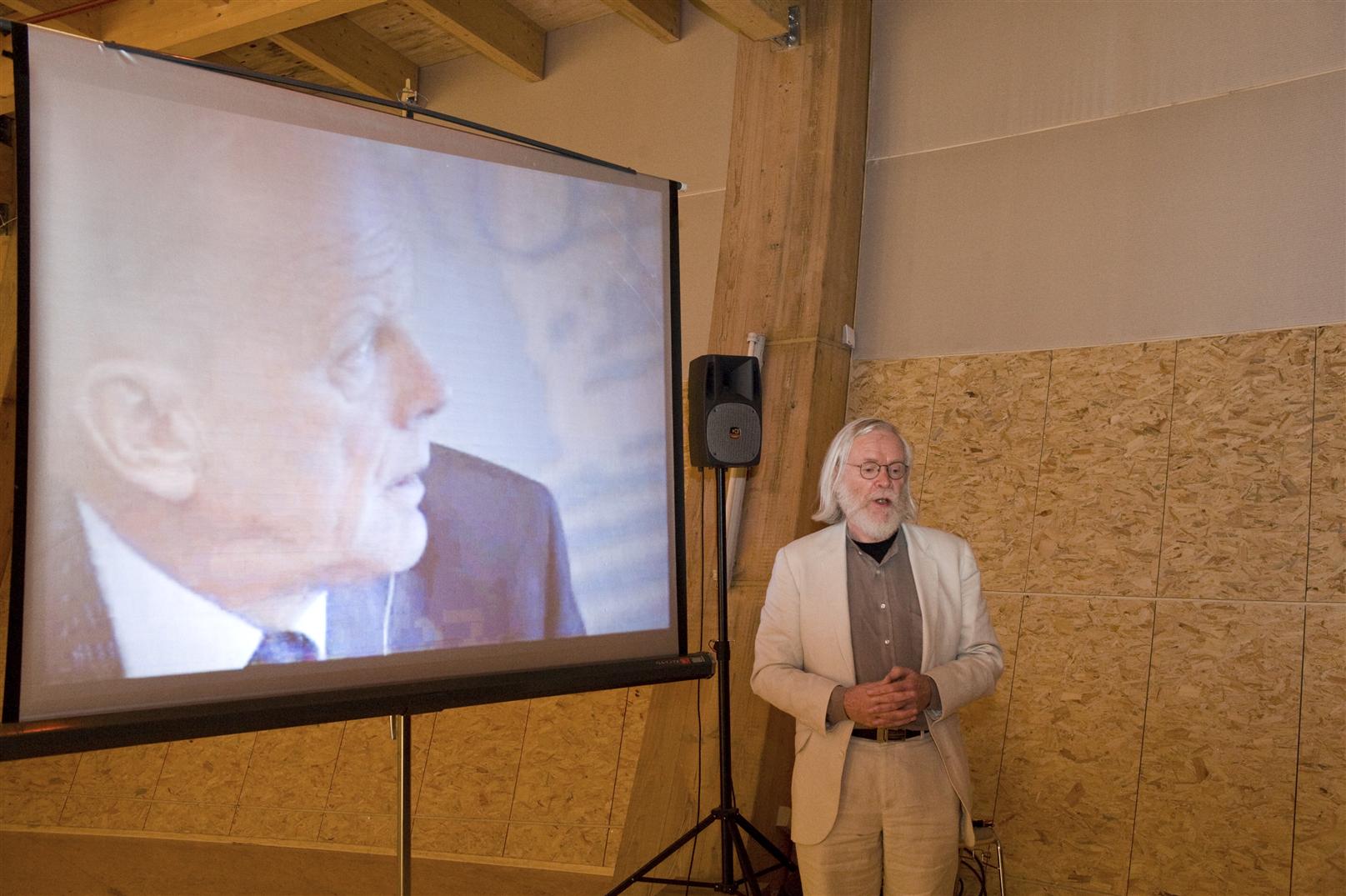Nobel Prize for work on broken symmetries
The 2008 Nobel Prize for Physics goes to three physicists who have worked on broken symmetries in particle physics.
The announcement of the 2008 Nobel Prize for physics was transmitted to the Globe of Science and Innovation via webcast on the occasion of the preview of the Nobel Accelerator exhibition.
On 7 October it was announced that the Royal Swedish Academy of Sciences had awarded the 2008 Nobel Prize for physics to three particle physicists for their fundamental work on the mechanisms of broken symmetries. Half the prize was awarded to Yoichiro Nambu of Fermilab for "the discovery of the mechanism of spontaneous broken symmetry in subatomic physics". The other half is shared by Makato Kobayashi of Japan’s KEK Institute and Toshihide Maskawa of the Yukawa Institute at the University of Kyoto "for the discovery of the origin of the broken symmetry which predicts the existence of at least three families of quarks in Nature".
At the beginning of the 1960s, Yoichiro Nambu developed the concept of spontaneous broken symmetries in particle physics after having studied it in superconductivity. He formulated a mathematical description of spontaneous broken symmetries which since then has been one of the cornerstones of the currently accepted theory of particle physics, the Standard Model. This work paved the way for the theory of mass generation, better known as the Higgs mechanism, postulated independently by Peter Higgs and by Robert Brout and François Eggert. Yoichiro Nambu has also received the prize for his significant contributions to quantum chromodynamics, which describes the strong interaction, and to string theory.
Makato Kobayashi and Toshihide Maskawa have been awarded the Nobel Prize in recognition of their work on the breaking of the charge-parity symmetry, known as CP violation, which, according to theory, would be partly responsible for the imbalance between matter and antimatter. In 1972 they proposed a matrix describing the interactions between quarks and postulated the existence of a third generation of quarks, which has since been discovered. This matrix also provides a formal description of CP violation in the weak interaction.
The mechanisms of symmetry breaking in mass generation or in the electroweak interaction are among the fields of investigation on which the LHC experiments will focus their attention.
Did you know?
Symmetries play an important role in physics particularly because of their strong link with conservation laws: when a physical system undergoes a transformation, we say that there is a symmetry when a certain (related) quantity is conserved, that is, the system is invariant under such a transformation. Conservation laws are the pillars of any physics theory. Some of them are found to be ’universal’ and don’t have any exception. Among the most perfect symmetries is the one that underlies the conservation of energy, which is a direct consequence of the fact that laws of nature do not change with time. However, physicists have observed that some symmetries are broken in Nature and this has enormous consequences. For example, if the symmetry combining charge and parity (CP) did not break in weak interactions, we would have the same amount of matter and antimatter in the Universe and, therefore, they would have both disappeared. Similarly, if symmetry had not been broken in the Higgs field at the beginning of the Universe, as proposed in current theories, today particles would not have mass! This is why we can definitely say that "we are all the children of broken symmetry" (The Nobel Prize in Physics 2008 – Information for the public. Swedish Royal Academy of Science).


